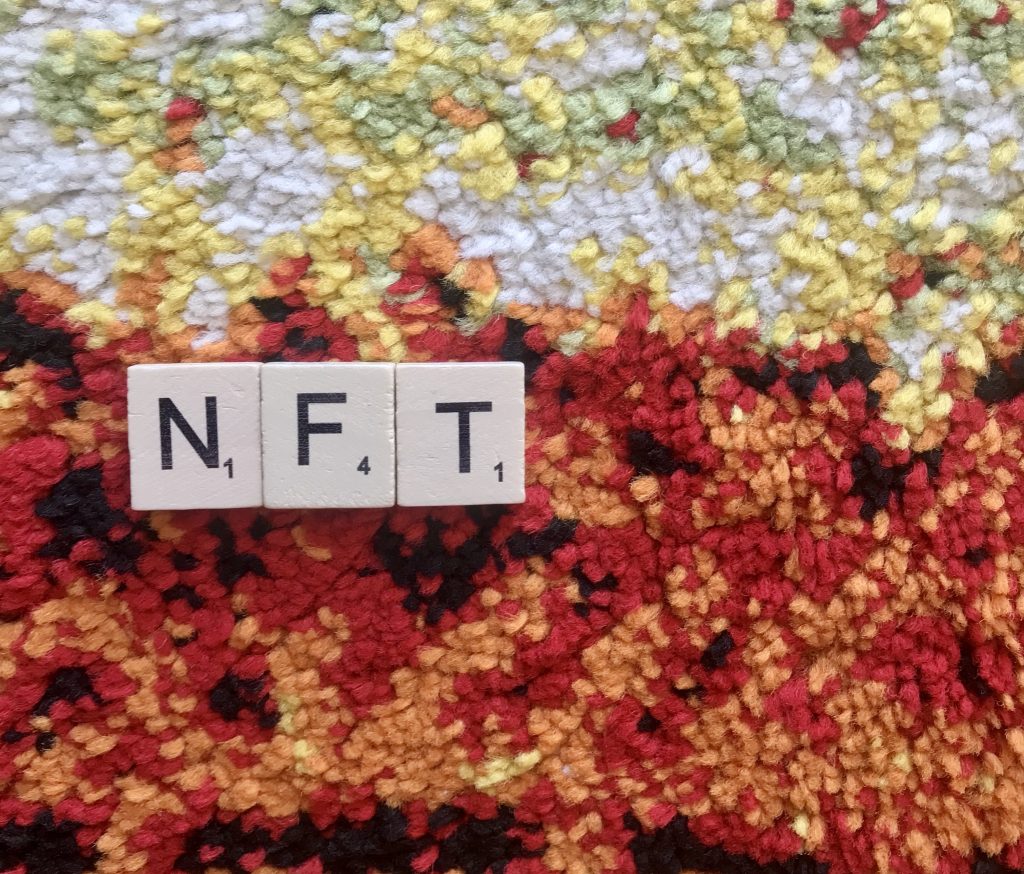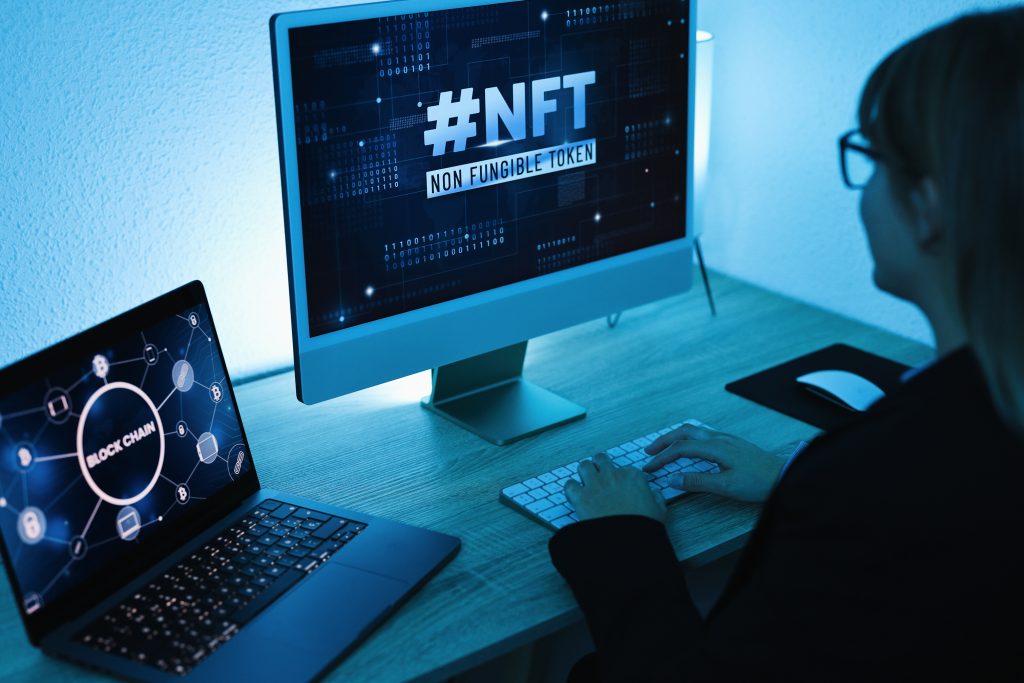
The Rise of NFTs (Non-Fungible Tokens) in Web 3.0
Hey there, the futuristic friend! Have you heard about NFTs? They’ve been all the rage lately in the world of digital art and collectibles. NFT stands for Non-Fungible Token, which might sound like a mouthful, but it’s actually a pretty simple concept.
In essence, an NFT is a unique digital asset that’s stored on a blockchain, a type of decentralized ledger that’s used to record transactions in a secure and transparent way. Unlike fungible tokens such as Bitcoin or other cryptocurrencies, each NFT is one-of-a-kind and can’t be replicated or divided into smaller units.
NFTs are often used to represent digital art, music, videos, or other types of digital content. By creating an NFT, the owner can prove that they own the original, authentic version of the asset, even though it exists in a digital format that can be easily copied.
Why are NFTs so popular, and what do they have to do with Web 3.0?
First off, NFTs have exploded in popularity because they allow creators to monetize their digital creations in a way that wasn’t possible before. In the past, it was difficult for artists and musicians to make a living from their work if it was only available in digital form. Anyone could easily copy and share the content without paying the creator, which made it hard to earn a living.
But with NFTs, creators can sell their digital assets as unique, one-of-a-kind items that collectors can own and display. This has created a new market for digital art and collectibles and has allowed creators to earn significant amounts of money from their work.
Secondly, NFTs are closely tied to the concept of Web 3.0, which is often described as the next evolution of the internet. In Web 3.0, the internet is decentralized and powered by blockchain technology, which means that users have more control over their data and can interact with each other in new and innovative ways.
NFTs Fit into the Vision of Web 3.0
They allow for the creation of a new type of digital economy, one that’s powered by unique and valuable digital assets. By owning an NFT, you’re not just owning a piece of digital art or music, you’re also participating in a new type of economy that’s built on blockchain technology and decentralization.
Finally, NFTs have the potential to revolutionize the way we think about ownership and value in the digital world. Traditionally, the value of digital content has been difficult to quantify because it’s so easily replicated and shared. But with NFTs, we can assign a unique value to digital assets that are based on their rarity and authenticity.
This has the potential to create a whole new type of digital economy, one that’s built on the principles of scarcity and ownership. Instead of relying on ads or subscriptions to monetize digital content, creators can sell unique, one-of-a-kind items that collectors are willing to pay a premium for.


